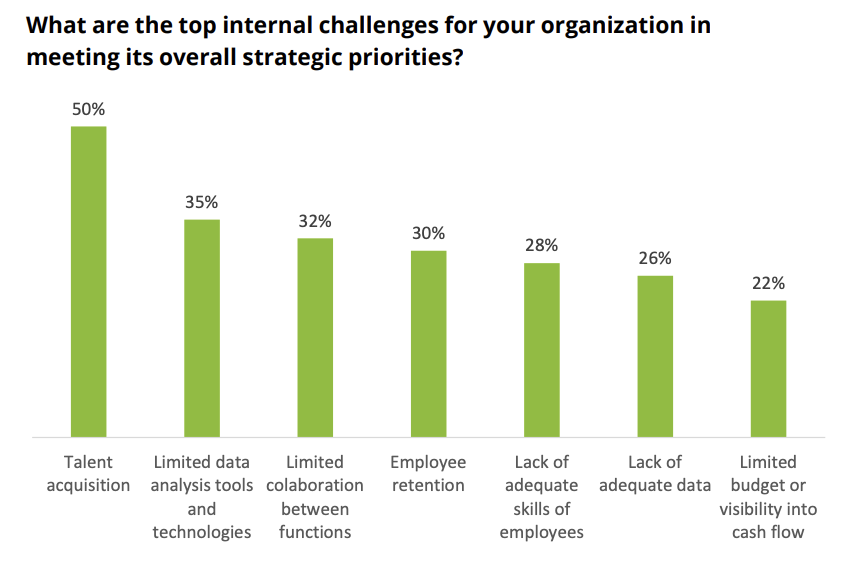There is little doubt that today’s economic environment demands a constant focus on innovation and agile business practices. This is especially true in the aftermath of Covid 19. It created pressure for businesses to reevaluate their relationships with key vendors and weigh a more diversified approach to maintaining operational capabilities. As companies emerge from the pandemic they will be facing some important questions: Is it time to change processes? Grow business lines? Leverage core strengths and become leaner? If so, maybe it’s time to consider a third-party business partner.
While some companies may look to increase their sphere of control through vertical integration, this is not always a practical step. Often, locating a partner who can lend experience, drive value, and provide end-to-end solutions is a better fit. Service providers like Nautical Manufacturing & Fulfillment, will create a single point of contact in the supply chain ecosystem. This will allow the elimination of redundancies and give access to process integrations previously out of reach.
A recent article from Deloitte highlighted the inherent challenges companies face in today’s markets. Specifically, “balancing cost and access to new skills and capabilities, curating innovation, and incorporating new remote working norms.” Each of these concerns touch on the main principles of scaling core business functions and are emblematic that even under normal conditions there are daily challenges to executing effective business initiatives.

Consequently, it is not hard to see how leveraging a third party to facilitate new capabilities allows companies to focus on the core tenets of their business while maintaining a strong growth posture. As companies look to increase their competitive advantage there are three scenarios in which a shift to an external resource can be advantageous.
Entering a New Geographical Location
Choosing the exact location to expand company operations needs to be a strategic, measured approach. The most advantageous location may not be the most convenient, so it’s critical to find a partner you can use as a launching pad for operations. In an economy where the average company only succeeds 25% of the time when launching new initiatives, it’s important to avoid over-investing in a new market.
The focus of a business’ expansion should be its core competencies and maintaining top-level initiatives. Deploying best practices will ensure continuity of vision in each new regional market. Conversely, each region’s customer segment should be targeted uniquely. A regional partner may offer complementary services that can enhance visibility with their local market knowledge.
As with any iterative process, there will be unique challenges and considerations to weigh. By engaging with a service provider, you will be able to tap into a broader ecosystem of integrated solutions that can offer a turn-key approach.
Moving into an Adjacent Product Market
Creating new growth outside of core capabilities can be an ambitious way to reach new customers. By targeting markets that complement current offerings, companies can increase the likelihood that replicating a business model will succeed. However, servicing new markets may require a heavy investment in infrastructure that can strain limited resources. Maintaining a light footprint by limiting initial overhead costs and prioritizing intentionality during critical stages of development can minimize or avoid such issues.
When companies add to their catalog, it is important to reduce the level of complexity during implementation so that there is less stress on the system. To ensure consistency persists in other areas of operations, variables should be modified one at a time. Maintaining the same distribution channels and the same target audience makes it easier to assess the adoption of a new product by the market. Coordinating with an established market player for support operations can be the constant in an otherwise uncertain endeavor.
Curating Innovation: Pursuing Disruptive Solutions
Like the previously mentioned growth initiatives, this pursuit requires the organization to remain nimble and be positioned to make rapid adjustments throughout each stage of development. Disruptive innovation will challenge the status quo in a way that can be counterintuitive to conventional thinking. Consequently, it may take some time to reach a tipping point between early adopters and large-scale acceptance.
Insulating this effort from the core business ensures that other product and service offerings operate as usual. Integrating shared services that align with the organization’s innovation initiatives can help compartmentalize costs and reduce the effect of any negative impact on other business units. By ensuring third-party contributors are incentivized to maintain the company’s vision, they can be instrumental to reducing costs while shortening the adoption feedback loop.
Finding the Right Third-party business partner
Regardless of the approach, a key business partner will offer a strong value proposition. This should include an alignment on growth principles and the willingness to accommodate changes in approach. Careful consideration is required when outsourcing business processes, however when executed properly it can increase the reach, exposure, and impact in a new market.
Each business is unique and requires a supply chain management strategy tailored to its needs. Start a conversation with us to explore.




